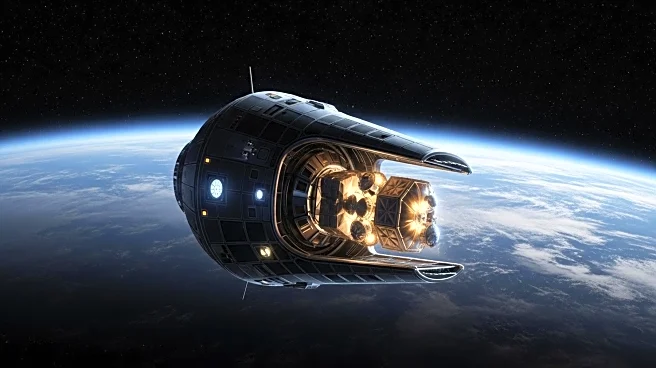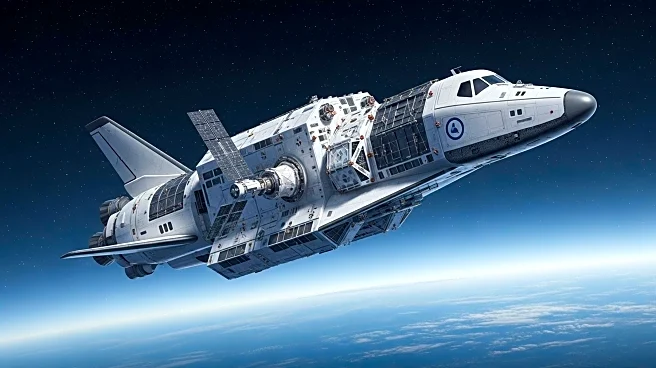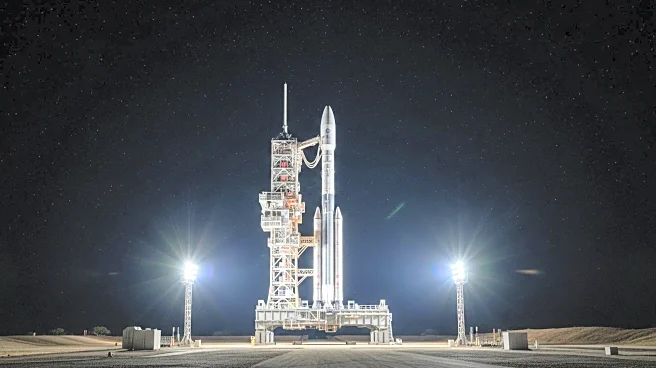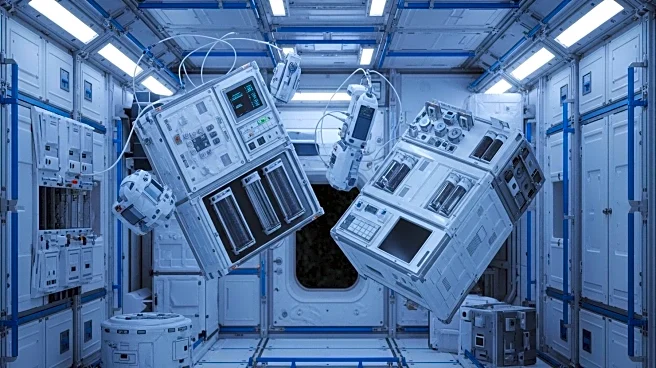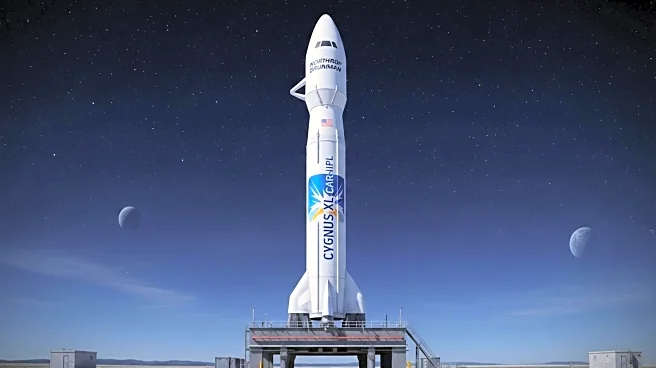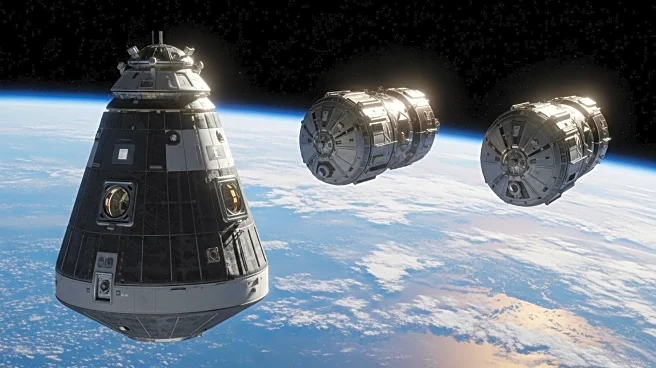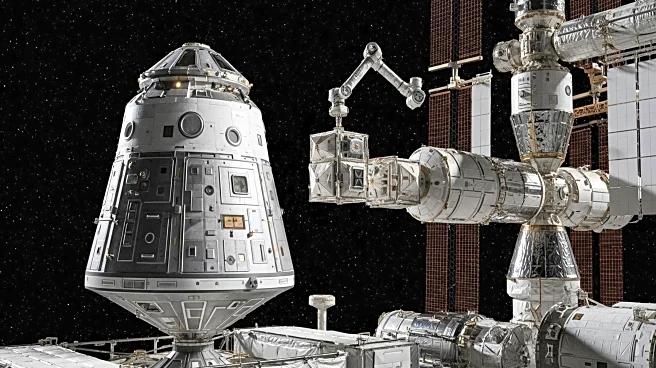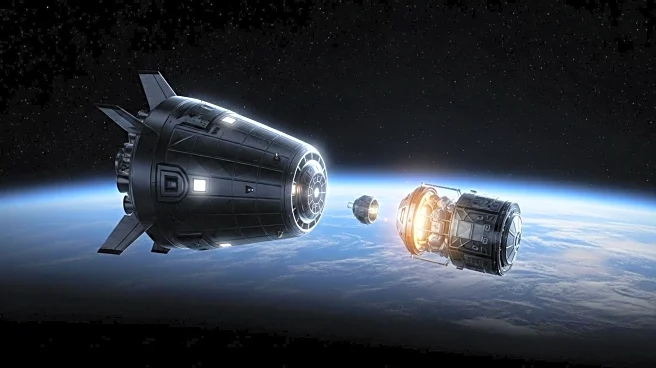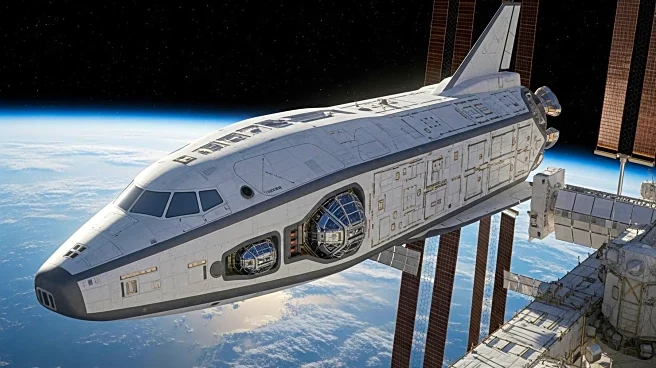What's Happening?
NASA successfully launched the Northrop Grumman Commercial Resupply Services 23 mission (CRS-23) to the International Space Station (ISS) on September 14, 2025. The mission, utilizing a SpaceX Falcon 9 rocket, carried the Cygnus XL spacecraft, which is a larger and more cargo-capable version of the solar-powered spacecraft. The Cygnus XL is transporting over 11,000 pounds of cargo, including scientific experiments and crew supplies, to the ISS. Key experiments include materials for semiconductor crystal production and equipment for cryogenic fuel tank improvements. The spacecraft is scheduled to be captured by the Canadarm2 robotic arm on September 17, operated by NASA astronauts Jonny Kim and Zena Cardman. The mission is part of NASA's ongoing efforts to maintain a continuous human presence in space and support scientific research aboard the ISS.
Why It's Important?
The successful launch of the CRS-23 mission underscores NASA's commitment to advancing scientific research and technology development in space. The experiments aboard the Cygnus XL have the potential to yield significant advancements in materials science and biotechnology, which could benefit industries on Earth. Additionally, the mission supports NASA's broader goals of developing a sustainable low Earth orbit economy and preparing for future exploration missions, including the Artemis program aimed at returning humans to the Moon and eventually sending astronauts to Mars. The continuous resupply and support of the ISS are crucial for maintaining the station as a hub for international collaboration and scientific discovery.
What's Next?
Following the capture and installation of the Cygnus XL spacecraft, the crew aboard the ISS will begin unloading the cargo and conducting the scientific experiments. The spacecraft is expected to remain docked at the ISS until March 2026, after which it will depart and dispose of waste through a controlled re-entry into Earth's atmosphere. NASA will continue to monitor the progress of the experiments and assess their potential applications. The success of this mission may influence future resupply missions and the development of new technologies for space exploration.


